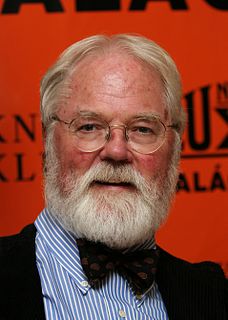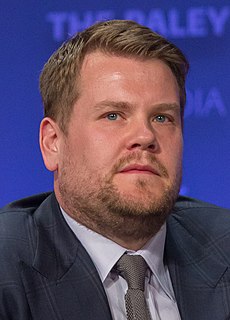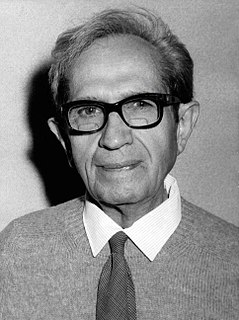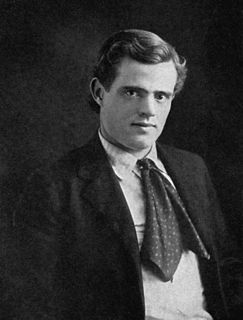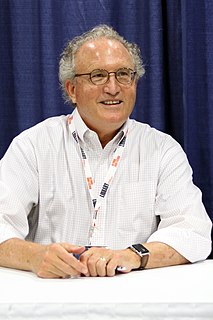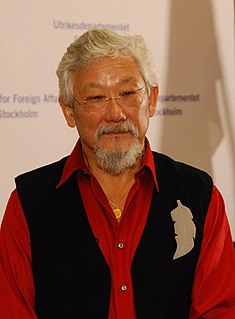A Quote by Carl Sagan
The Apollo pictures of the whole Earth conveyed to multitudes something well known to astronomers: On the scale of the worlds - to say nothing of stars or galaxies - humans are inconsequential, a thin film of life on an obscure and solitary lump of rock and metal
Related Quotes
You know; when I look at the night sky and I see this enormous splendor of stars and galaxies, I sometimes ask the question, well how many worlds are we talking about? Well do the math, there are about 100 billion galaxies that are in the visible universe and each galaxy in turn contains about 100 billion stars, you multiply and you get about ten billion trillion stars. Well I think it is the height of arrogance to believe that we are alone in the universe, my attitude is that the universe is teaming, teaming with different kinds of life forms
We live on a hunk of rock and metal that circles a humdrum star that is one of 400 billion other stars that make up the Milky Way Galaxy which is one of billions of other galaxies which make up a universe which may be one of a very large number, perhaps an infinite number, of other universes. That is a perspective on human life and our culture that is well worth pondering.
I don't know whether the universe, with its countless galaxies, stars and planets, has a deeper meaning or not, but at the very least, it is clear that we humans who live on this earth face the task of making a happy life for ourselves. Therefore, it is important to discover what will bring about the greatest degree of happiness.
For thirty years now, in times of stress and strain, when something has me backed against the wall and I'm ready to do something really stupid with my anger, a sorrowful face appears in my mind and asks... "Problem or inconvenience?" I think of this as the Wollman Test of Reality. Life is lumpy. And a lump in the oatmeal, a lump in the throat, and a lump in the breast are not the same lump. One should learn the difference.
One of life's best coping mechanisms is to know the difference between an inconvenience and a problem. If you break your neck, if you have nothing to eat, if your house is on fire, then you’ve got a problem. Everything else is an inconvenience. Life is inconvenient. Life is lumpy. A lump in the oatmeal, a lump in the throat and a lump in the breast are not the same kind of lump. One needs to learn the difference.
Pictures! Pictures! Pictures! Often, before I learned, did I wonder whence came the multitudes of pictures that thronged my dreams; for they were pictures the like of which I had never seen in real wake-a-day life. They tormented my childhood, making of my dreams a procession of nightmares and a little later convincing me that I was different from my kind, a creature unnatural and accursed.
...Which brings me to the Hubble Space Telescope's newest images. If it's wonder that you're looking for, and mystery, don't just scan the photographs. Stop and think about them. Try to imagine the scale. The Earth is just a speck of dust on one distant whirling tentacle of the Milky Way galaxy, which contains billions of stars. A 'collision' of galaxies seems unimaginably large - and yet it is something scientists long ago imagined... The imaginings of pseudoscience are feeble by comparison.
Life is like a film screen: pictures come, make an impression, go, and then make a place for new pictures with new impressions which obscure the previous ones. Some of those old pictures fade, but the impressions they leave will never pass away. Such an impression is the image of Hein Sietsma -- a joyful Christian who loved life so much but was still willing to give it to the great, good, and holy cause.




